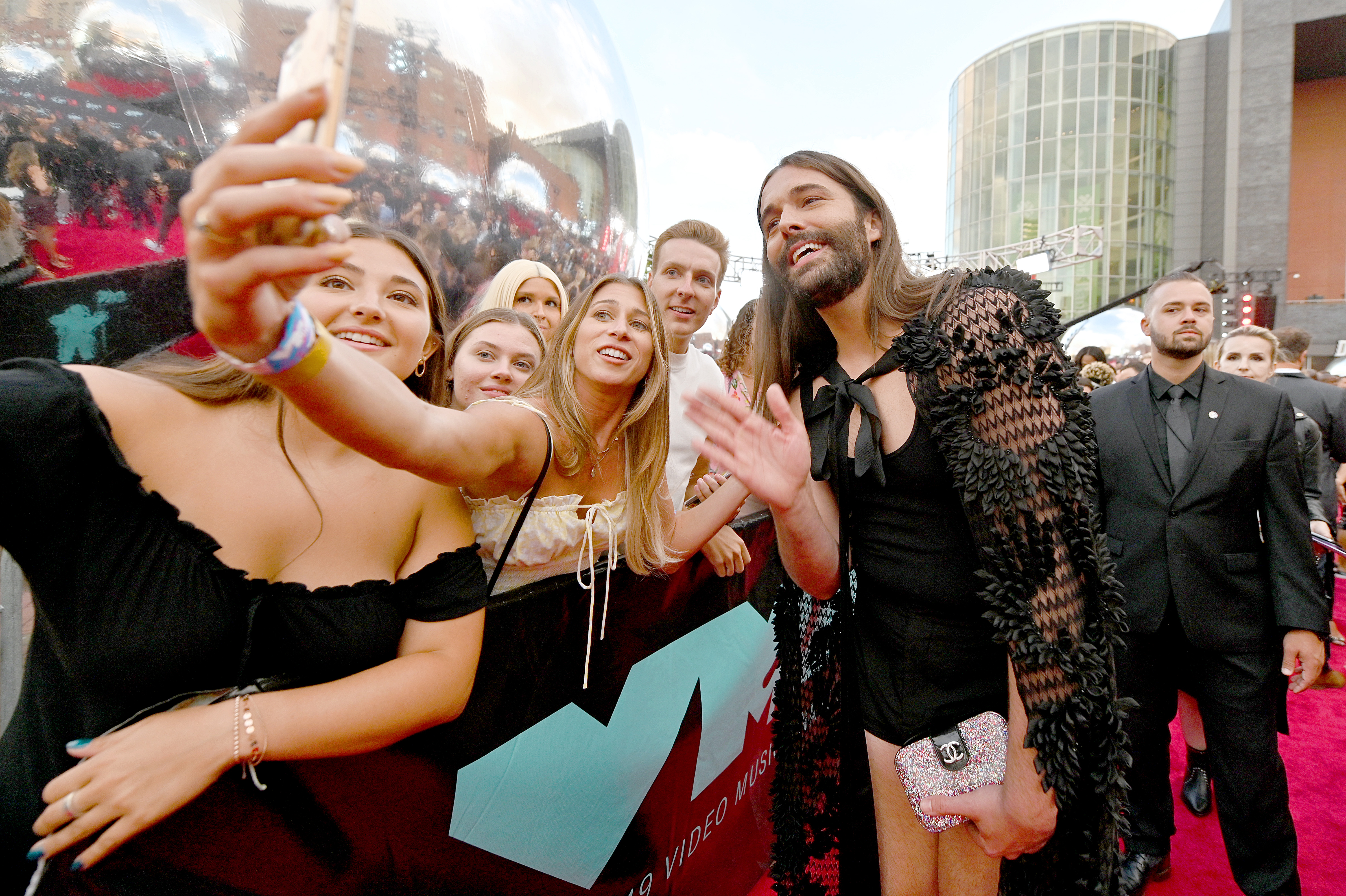What a New Famous Face Could Mean for People Living with HIV

Credit to Author: Harron Walker| Date: Mon, 23 Sep 2019 19:59:00 +0000
Speaking to journalist Alex Hawgood in a New York Times profile published Saturday, the hairstylist-turned-television personality Jonathan Van Ness of Queer Eye disclosed that he has been living with HIV since he was 25. Activists have embraced the star following the disclosure that he’s living with the virus, though some worry that the general public might not see the greater seropositive community beyond this very famous new face.
Advocates for people living with HIV have welcomed the news, congratulating Van Ness for having the courage to speak about such a stigmatized issue so publicly. “As someone living with HIV, it takes a lot of courage to disclose your status in the public eye,” tweeted All Boys Aren’t Blue author George M. Johnson over the weekend. “I hope this story helps fight the stigma many face.”
“Thank you for your vulnerability and openness,” a representative for ACT UP New York said in a statement on Twitter. “Being HIV positive can’t stop you from being as fierce as you are. Your visibility is important now more than ever.”
Amidst the celebration, though, some organizers wondered whether the general public’s interest in a celebrity will translate into meaningful support for the estimated 1.1 million people living with HIV in the United States today—a community of people who aren’t all cis, white, or famous like Jonathan Van Ness.
“The majority of the people impacted,” said Naina Khanna, the Executive Director of the Positive Women’s Network, in a phone call, “by the epidemic in the U.S. are Black and brown folks. Men who have sex with men continue to be disproportionately impacted as well as transgender women, especially transgender women of color.”
“The demographics of the epidemic reflect racial and social injustices as well as structural disparities in terms of who has access to healthcare, who has access to safe housing,” she added.
Khanna cited a number of policies proposed and enacted by the Trump administration that “create the conditions needed [for the virus] to have a disproportionate presence in communities of color and trans communities,” like Customs and Border Protection separating people living with HIV from their families at the U.S.-Mexico border, and the Department of Housing and Urban Development’s recent efforts to keep “big, hairy men” (i.e., trans women) out of women’s homeless shelters.
There are a number of basic facts that she hopes don’t get lost in the press, like how living with HIV is totally manageable with access to proper treatment and what it means to be undetectable—that is, unable to transmit the virus thanks to antiretroviral medications. (In a passage about Van Ness’ status, Hawgood writes that the 32-year-old “is healthy,” by which he could possibly mean undetectable. I reached out to the Times for clarification, and will update this story if I hear back.) But overall, Khanna is happy for Van Ness and invites the Queer Eye star to get involved in ongoing efforts.
“We hope that Jonathan coming out will encourage other people to not feel ashamed of whatever they’re going through and seek support,” she told VICE. “We're here with him, and we welcome him if he wants to get involved.”
Sign up for our newsletter to get the best of VICE delivered to your inbox daily.
Follow Harron Walker on Twitter .
This article originally appeared on VICE US.